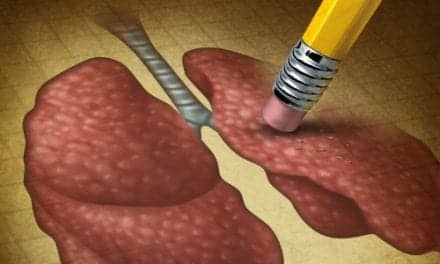University of Pittsburgh researchers hope that new insights into the role of mucus in cystic fibrosis (CF) can lead to better CF treatments.
The researchers examined nonmucoid (PANT) and mucoid (PASL) strains of P. aeruginosa, a common pathogen that infects the lungs. P. aeruginosa adapts to the host environment mutating from a non-mucoid phenotype (PANT) to a mucoid phenotype (PASL). This mutation in P. aeruginosa creates a protective film of mucus around the bacteria thereby forming a more hydrated and slimy biofilm in the mucus.
“Think of the cells like grains of rice. PANT cells are like basmati rice, while PASL cells are like sushi rice: coated in such a way that they stick together when they’re compressed,” explained Tagbo Niepa, assistant professor of chemical and petroleum engineering, whose lab led the study. Niepa also has appointments in the Departments of Bioengineering, Civil and Environmental Engineering, and Mechanical Engineering and Materials Science. “We can measure how investigational drugs can alter the sticky nature of the coating that pathogens such as P. aeruginosa create upon mutation.”
This mutation gives the mucus unique properties that contribute to increased antibiotic resistance. It also shields them against phagocytic cells, which help the immune system clear out dead or harmful cells by ingesting them.










